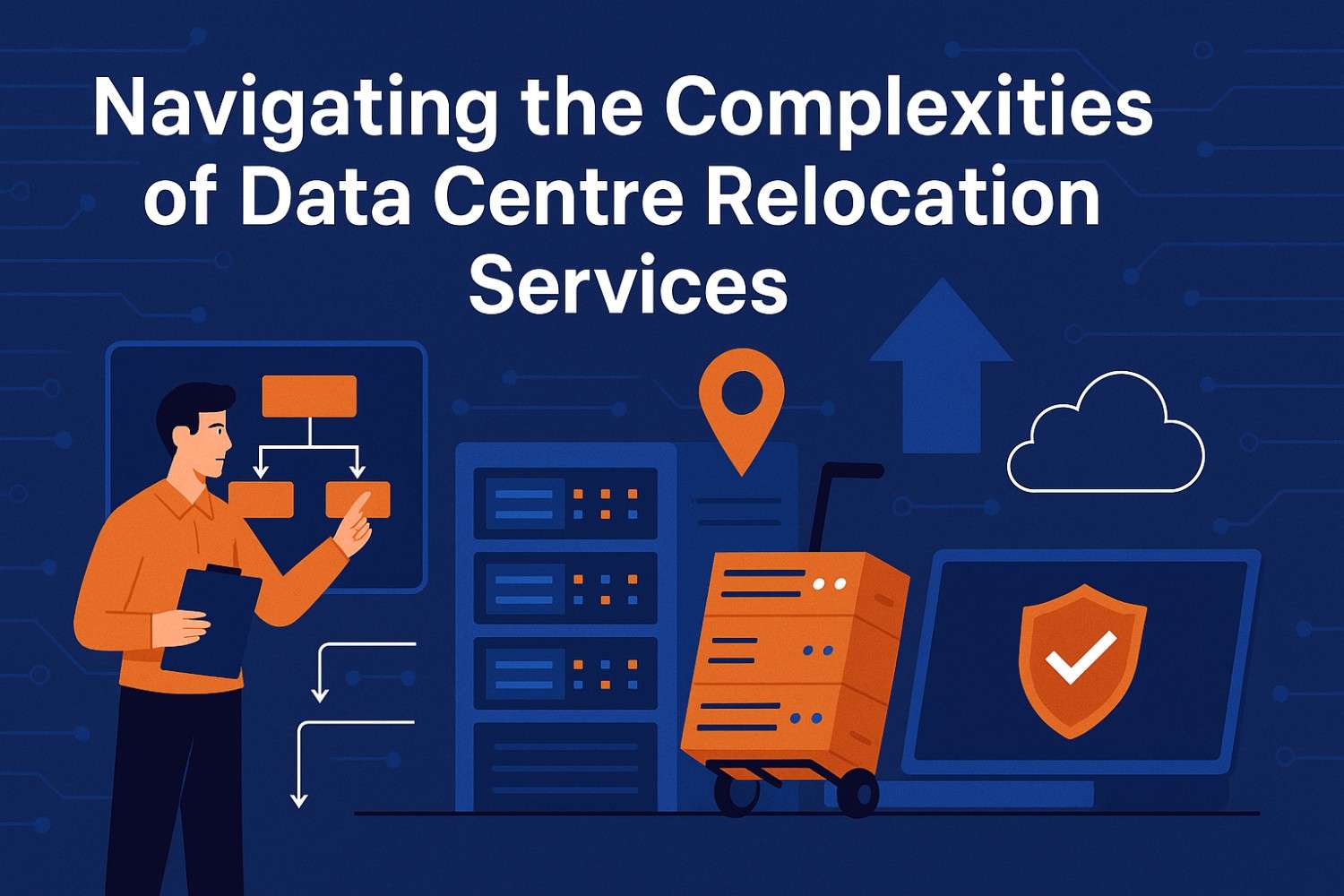In an era where data is synonymous with the lifeblood of an organisation, the thought of moving a data centre can evoke concerns about business continuity, data integrity, and system availability. The complexity of a data centre relocation is substantial, requiring a meticulous plan and a robust strategy. The goal is to ensure that mission-critical operations remain unaffected during the transition.
Data centre migrations are often prompted by several factors such as strategic corporate decisions, consolidation after mergers or acquisitions, the need for better facilities, or simply the end of a lease. Regardless of the reason, the process encompasses far more than the mere physical movement of hardware. It involves planning for capacity, risk management, downtime minimisation, and maintaining data integrity throughout the move.

The Planning Phase
Effective planning is the cornerstone of successful data center relocation services. It begins with defining the scope of the project. Understanding what needs to be moved, the sequence of migration, and the dependencies within the infrastructure lays the foundation for a seamless transition. A well-crafted plan encompasses detailed inventories, resource allocation, and precise timelines.
Inventory assessment, a critical aspect of planning, demands careful documentation of every item to be moved, including all hardware, software licences, and interdependencies. This exhaustive list serves as a guiding document to ensure nothing is overlooked.
Moreover, risk assessment and contingency planning are indispensable. Identifying potential points of failure and having a backup plan ready ensures quick recovery should any unforeseen challenges arise. The key lies in expecting the unexpected and being ready for it.
Choosing the Right Partner
For many organisations, partnering with expert data centre relocation services providers is a strategic move that can significantly dampen the risks of migration. An experienced service provider offers expertise in project management, logistics, and technical know-how that is crucial to handling the intricacies of such a massive undertaking.
The credentials and track records of potential service providers should be rigorously evaluated. This due diligence includes reviewing case studies, seeking testimonials, and verifying their capability to handle the specific needs of the relocation task. A competent partner not only orchestrates the relocation but also provides peace of mind during this critical period.
Communication and Coordination
Communication and coordination serve as the glue that holds the entire relocation project together. Stakeholders at all levels should be continually informed and engaged in the relocation process. Regular meetings with the internal project team and the appointed relocation service provider facilitate effective collaboration and foster a shared understanding of the project milestones.
Internal communication is equally critical, from educating employees about the logistics of the move to setting expectations regarding system downtimes and availability. Transparent communication minimises confusion and helps mitigate resistance or frustrations that can arise due to the changes taking place.
Meticulous Execution
The execution of a data centre relocation is a high-stakes affair. Detailed checklists, work packages, and disciplined adherence to the planned schedule ensure that the actual migration aligns with the established strategy. Seamless execution depends on precision timing, with each aspect carefully orchestrated to minimise downtime.
During the physical move, the emphasis on protecting the hardware from physical damage is paramount. Similarly significant is the cautious disconnection and reconnection of data services, with thorough testing at every stage to confirm successful data transmission and system functionality.
Once the equipment is relocated and online, rigorous verification processes must be enforced to ensure all systems are running optimally, and that data integrity is maintained. Post-move audits provide further assurances that every detail of the migration has been properly accounted for and executed.
Managing Downtime
One of the foremost concerns in data centre relocation is the potential for prolonged downtime. Planning should include the identification of low-impact windows, during which downtime has the least effect on the business. Additionally, leveraging redundancies can ensure that critical operations continue running even as sections of the data centre are in transit.
The use of back-up systems or temporary infrastructures to handle essential workloads can further mitigate risks. By creating an agile and flexible transition process, businesses can ensure continuity even in the face of significant infrastructural shifts.
Post-Migration: Assurance and Optimisation
The task of relocating a data centre extends beyond the physical move; it also encompasses post-migration assurance. This phase involves an extensive review process to identify and rectify any issues that have arisen during the move.
Once the data centre is operational, optimisation efforts should commence. This includes re-evaluating system performance, capacity planning for future growth, and continuous improvement practices that enhance efficiency and reduce costs.

Conclusion
Navigating the complexities of data centre relocation is an intricate process that calls for comprehensive planning, robust risk management, and meticulous execution. It underscores the importance of expert knowledge and experience in managing such critical transitions. Choosing the right data centre relocation services can serve as the differentiating factor between sustained business success and an operational nightmare.
Ultimately, a successful data centre migration not only achieves the physical relocation of assets but also enhances the operational resilience and agility of the organisation. With a dedicated approach to thorough planning, impeccable execution, and ongoing optimisation, businesses can turn the complexities of data centre relocation into an opportunity for growth and development.










